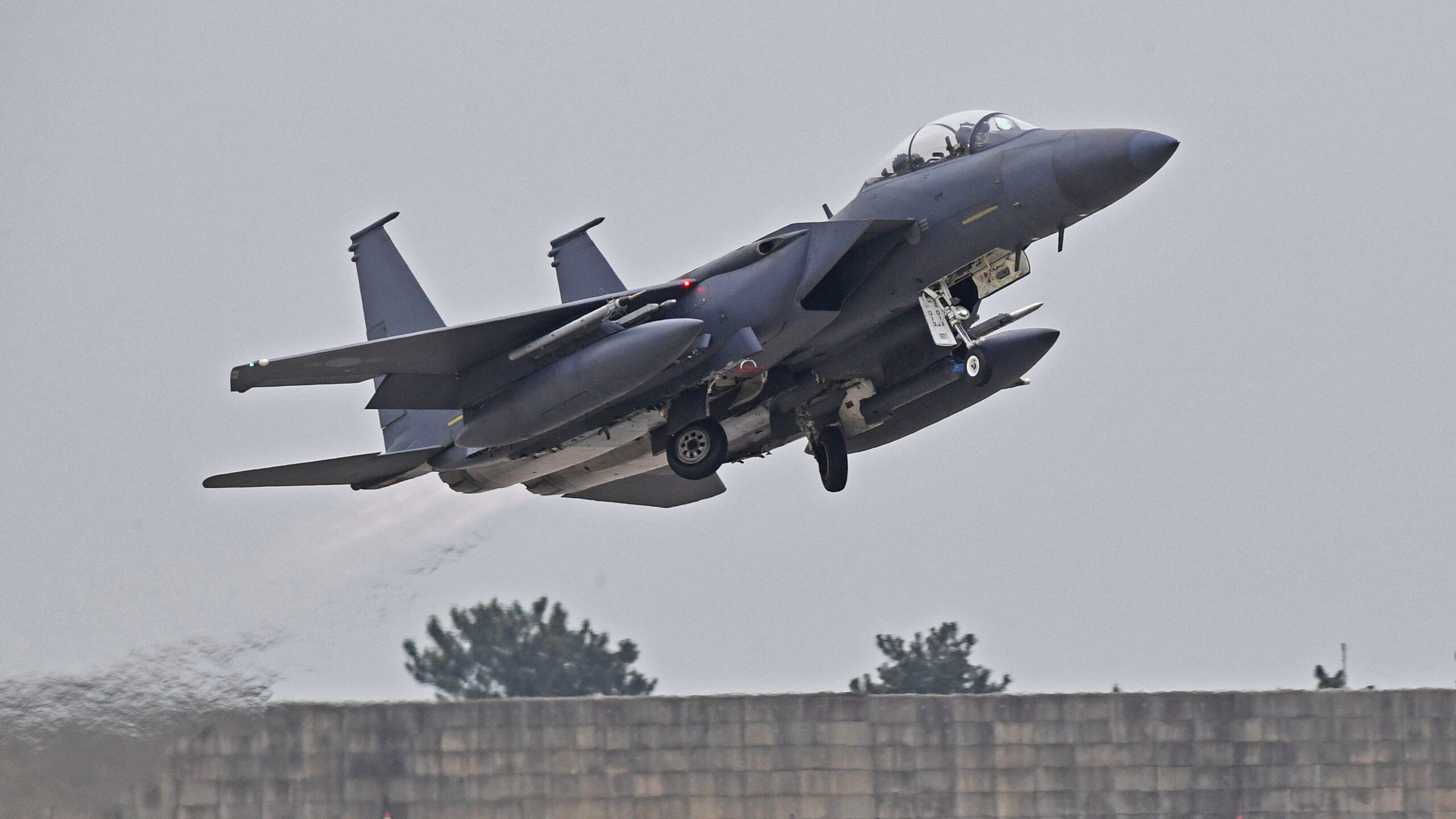An unusually large number of South Korean fighter jets were scrambled today in response to reported air-to-surface firing exercises flown by North Korean warplanes, on the other side of the border. The incidents add to tensions around Korea, where a tit-for-tat campaign of surface-to-surface missile launches continues, as part of potentially provocative exercises on both sides of the Korean Demilitarized Zone as well as in the waters off the peninsula.
The South Korean Yonhap news agency reported that a formation of at least 12 North Korean warplanes “presumably conducted a firing exercise” today, with aerial activity “north of the inter-Korean air boundary.” The location of the drills took the North Korean aircraft from Koksan County to Hwangju County in North Hwanghae Province, a process that took around an hour, according to the Korea Herald. North Hwanghae Province is situated on the western end of the border between the two Koreas.
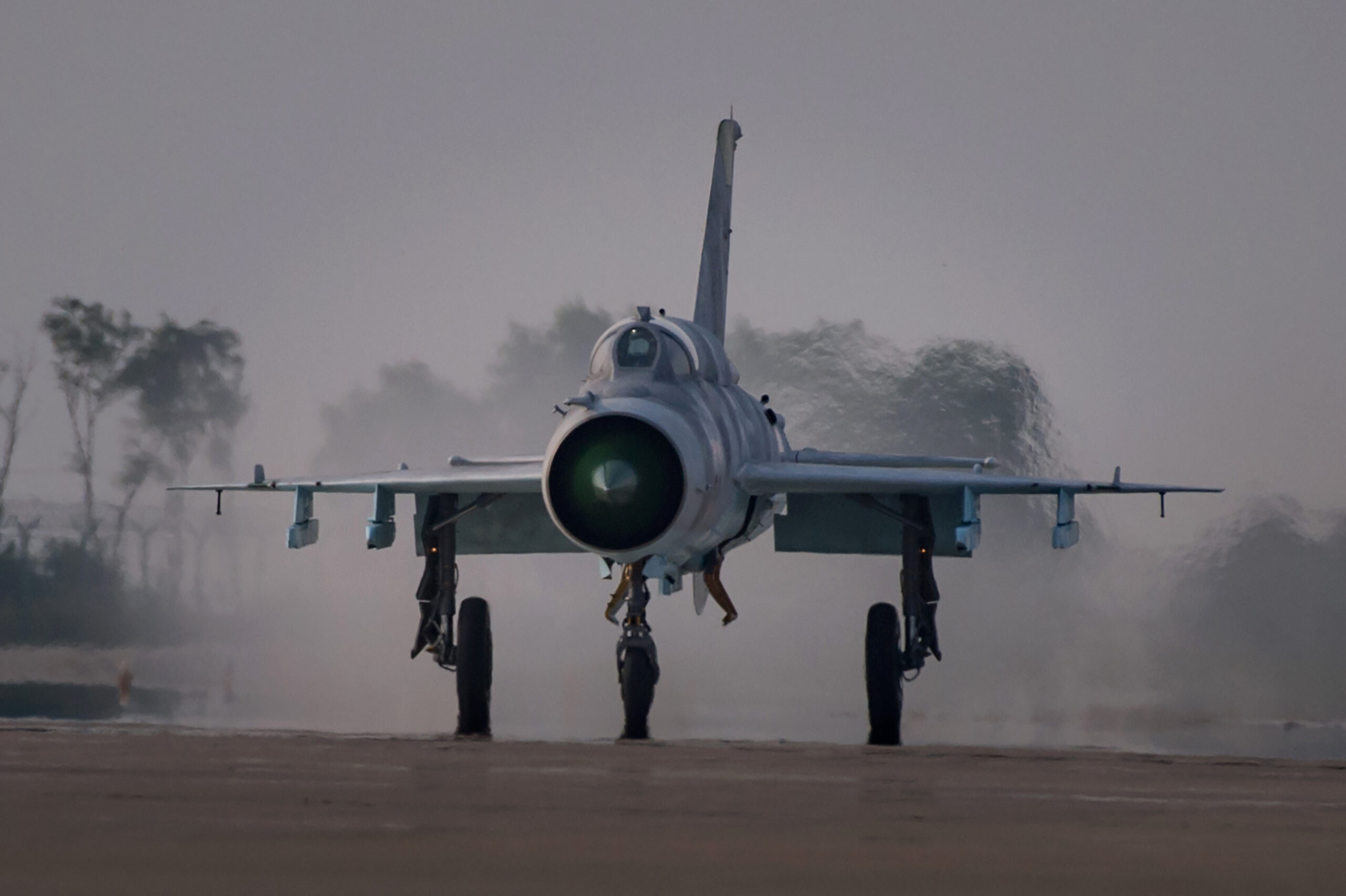
Multiple reports suggest that the North Korean aircraft comprised eight fighter jets and four bombers. It’s unclear exactly what types were involved and the mention of “bombers” is especially puzzling. While North Korea does still operate a small number of veteran Chinese-made H-5 Beagle twin-jet bombers, these are very rarely seen and the aircraft in question may well be Su-25 Frogfoot attack aircraft, which have a primary offensive mission, or simply other jets carrying air-to-ground munitions.
The Republic of Korea Air Force (ROKAF) scrambled its own jets in response, South Korean officials say. Yonhap states that around 30 ROKAF fighter jets — including F-15K strike aircraft — were “immediately deployed to the area,” a significantly greater number than have been involved in other such incidents in recent months.
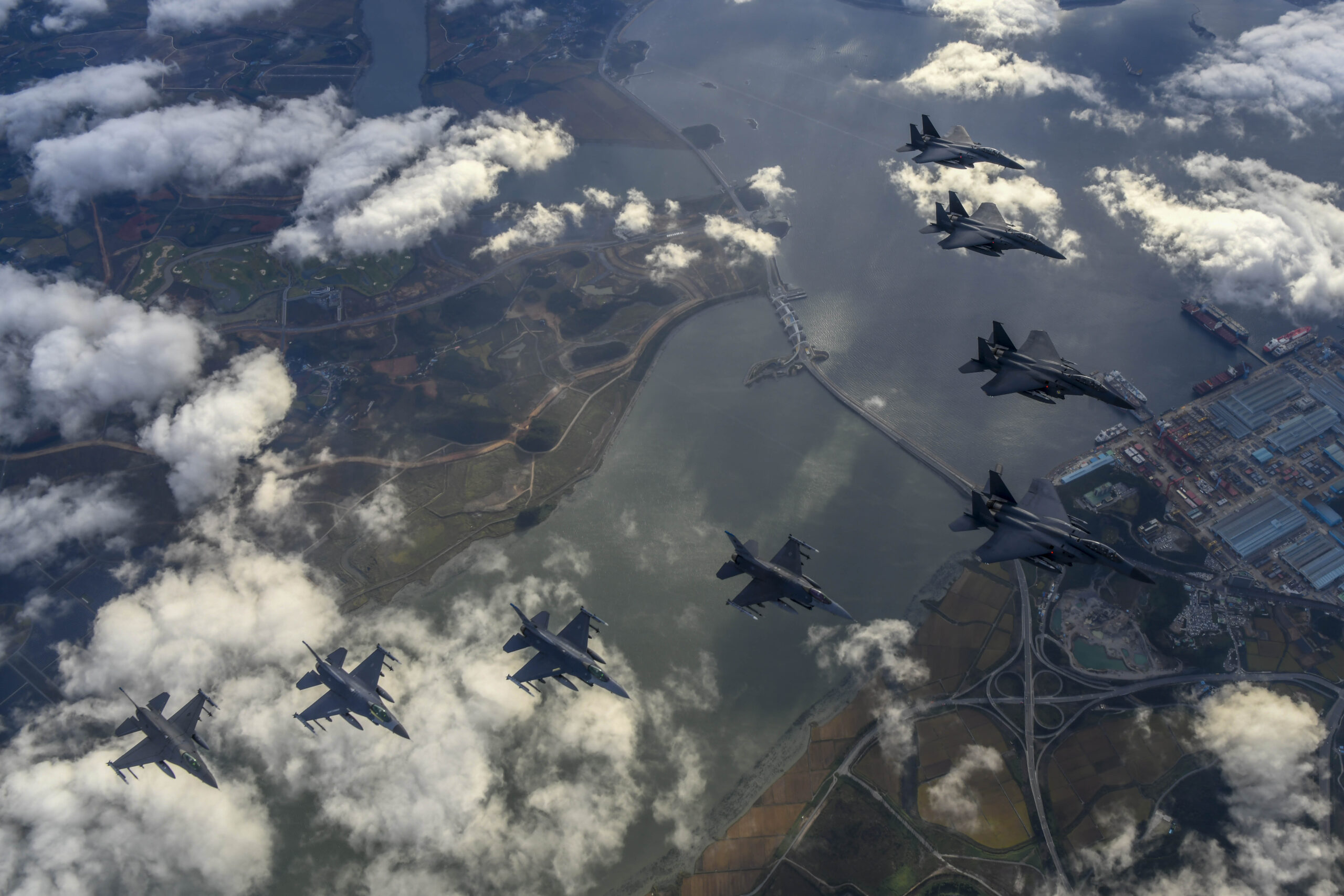
The trigger for such a reaction from Seoul, as well as the generally heightened tensions, was the fact that the North Korean aircraft are said to have crossed over the so-called Special Reconnaissance Line, a boundary established by Seoul just north of the Military Demarcation Line (MDL), the land border between North Korea and South Korea, which runs more or less through the center of the Korean Demilitarized Zone. Above the MDL is a no-fly zone for fixed-wing aircraft, which both North Korea and South Korea have recognized since 2018. However, there is no indication that aircraft from either country entered this no-fly zone today.
In recent days, the ROKAF has also flown air-to-ground exercises in response to Pyongyang’s missile tests, including joint South Korean and U.S. maneuvers in which ROKAF F-15Ks dropped two Joint Direct Attack Munitions (JDAMs). This widely publicized live-fire drill was in direct response to North Korea’s launch of an intermediate-range ballistic missile (IRBM) over Japan earlier this week — the first time that had happened in five years.
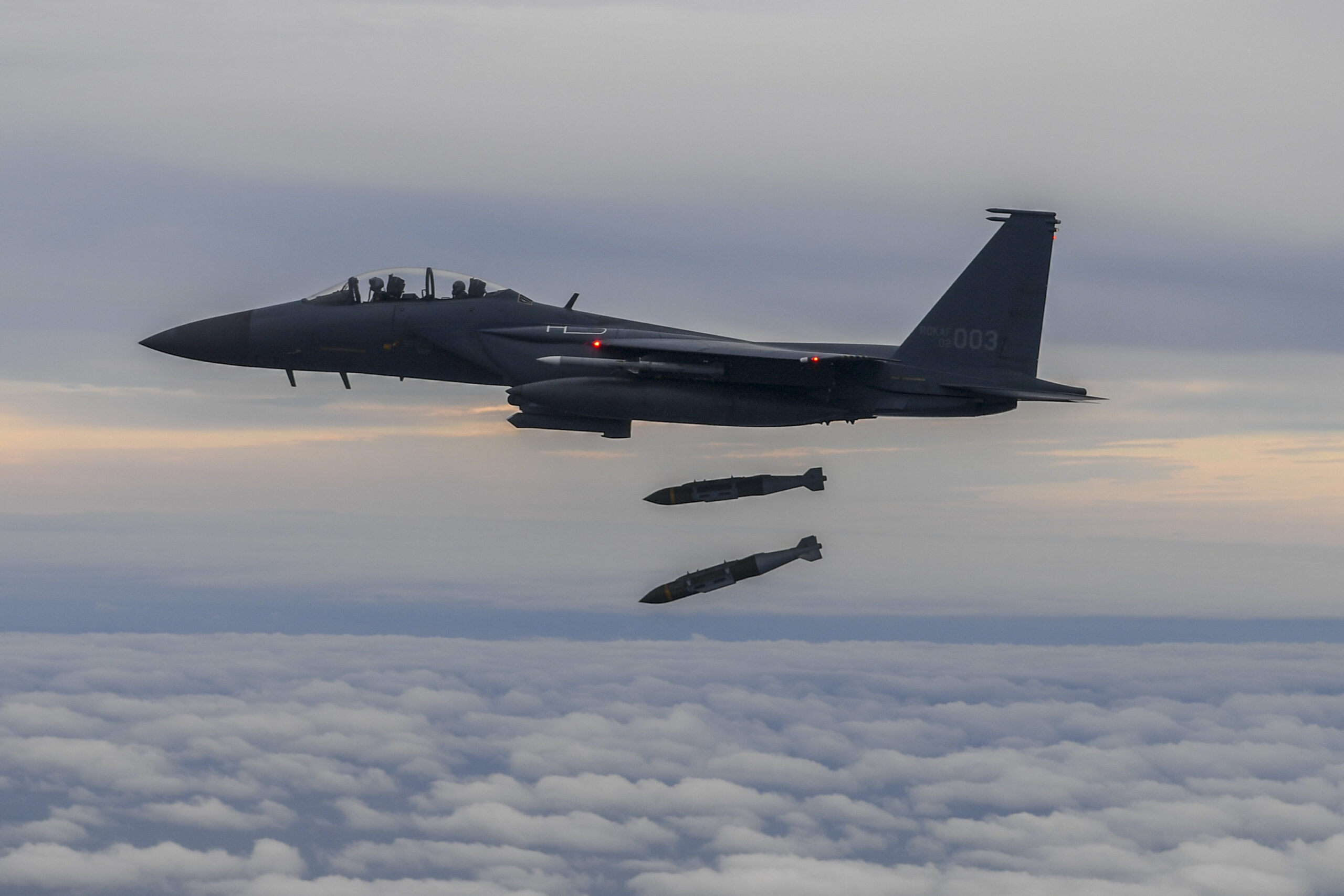
That same North Korean test on Tuesday had also led to joint South Korean and U.S. missile drills, including the failed launch of a South Korean short-range ballistic missile (SRBM) at an air base in Gangneung.
That was followed late yesterday by North Korea launching two SRBMs in the direction of Japan. These weapons came down in the sea rather than passing over the Japanese home islands, as had been the case with the test on Tuesday.
Further to our original reporting on today’s SRBM launches, some additional details have now become available. In a briefing, Japanese Minister of Defense Yasukazu Hamada said that the first missile likely flew to an altitude of around 62 miles and a range of 217 miles. The second is estimated to have reached a height of 31 miles and covered a distance of just under 500 miles, likely flying on “an irregular trajectory.”
South Korea’s Joint Chiefs of Staff determined that the two missiles were launched from a site close to Pyongyang.
Apparently only hours after these SRBMs were fired, warships from the U.S. Navy, Japan, and South Korea took part in missile defense drills in the Sea of Japan.
According to a statement from the Japan Ministry of Defense, the drill involved the Japan Maritime Self-Defense Force Kongō class destroyer Chōkai, the U.S. Navy Ticonderoga class cruiser Chancellorsville, and the Republic of Korean Navy destroyer Sejong the Great, the lead ship of its class.
The aircraft carrier USS Ronald Reagan is also in the area, with the cruiser Chancellorsville part of its Carrier Strike Group 5 (CSG-5), which also includes the Arleigh Burke class destroyer USS Barry.
Details of the missile defense exercise are currently limited, although it is being described as a “trilateral ballistic missile information-sharing military exercise,” suggesting that there was no live-fire element. The practicalities of actually destroying a North Korean ballistic missile headed toward Japan are something we have recently discussed.
According to a statement from the South Korean military, reported by Reuters, the training exercise “focuses on mastering detection, tracking, and interception procedures through shared target information under a scenario of [North Korea] conducting ballistic missile provocations.”
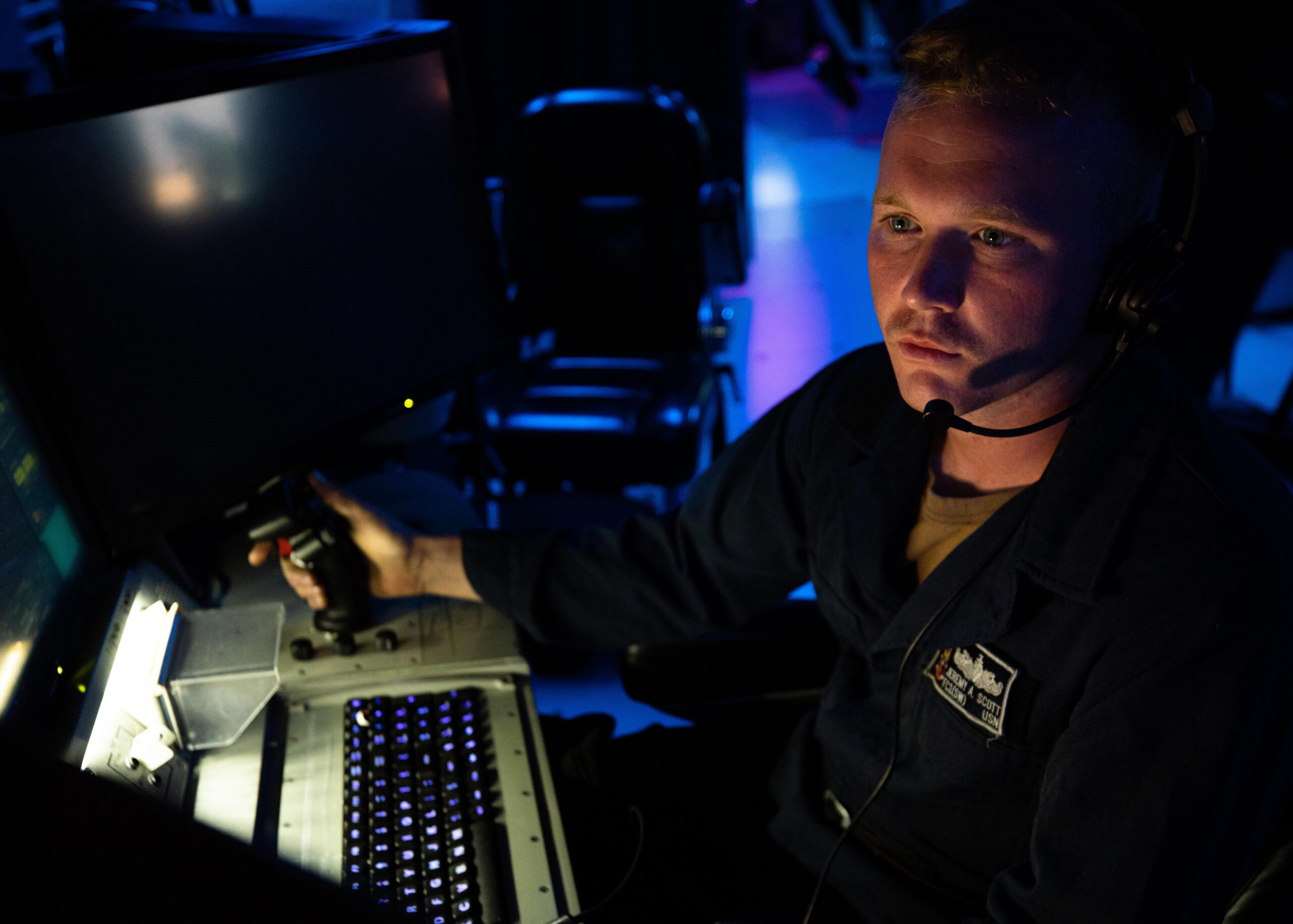
Of the three warships mentioned by the Japan Ministry of Defense as taking part, the Chōkai and the Chancellorsville can both be armed with Standard Missile 3 (SM-3) surface-to-air missiles. These are intended to defeat ballistic missiles during the midcourse of their flight path — while the missile is cruising toward its target at very high altitude. The Sejong the Great is armed with SM-2 Block IV missiles, which are capable of terminal-phase ballistic missile defense — the last chance at stopping an incoming strike before detonation or impact.
An SM-3 Block IIA missile intercepts a target missile launched from the Pacific Missile Range Facility at Kauai, Hawaii:

In fact, it seems that the missile defense drills may well have been planned somewhat in advance of today’s SRBM launches, with the USS Ronald Reagan and CSG-5 having returned to the waters east of the peninsula on Wednesday to take part in what the South Korean Yonhap news agency described as a “trilateral naval exercise.”
As for the North Korean missile launches, these are only the most recent within a growing total, with the tally for this year so far having reached around 40, including a “super-large” intercontinental ballistic missile (ICBM), back in March. At the same, there are continued concerns among officials in both Washington and Seoul that North Korea could be poised to conduct a nuclear test — its first since 2017.
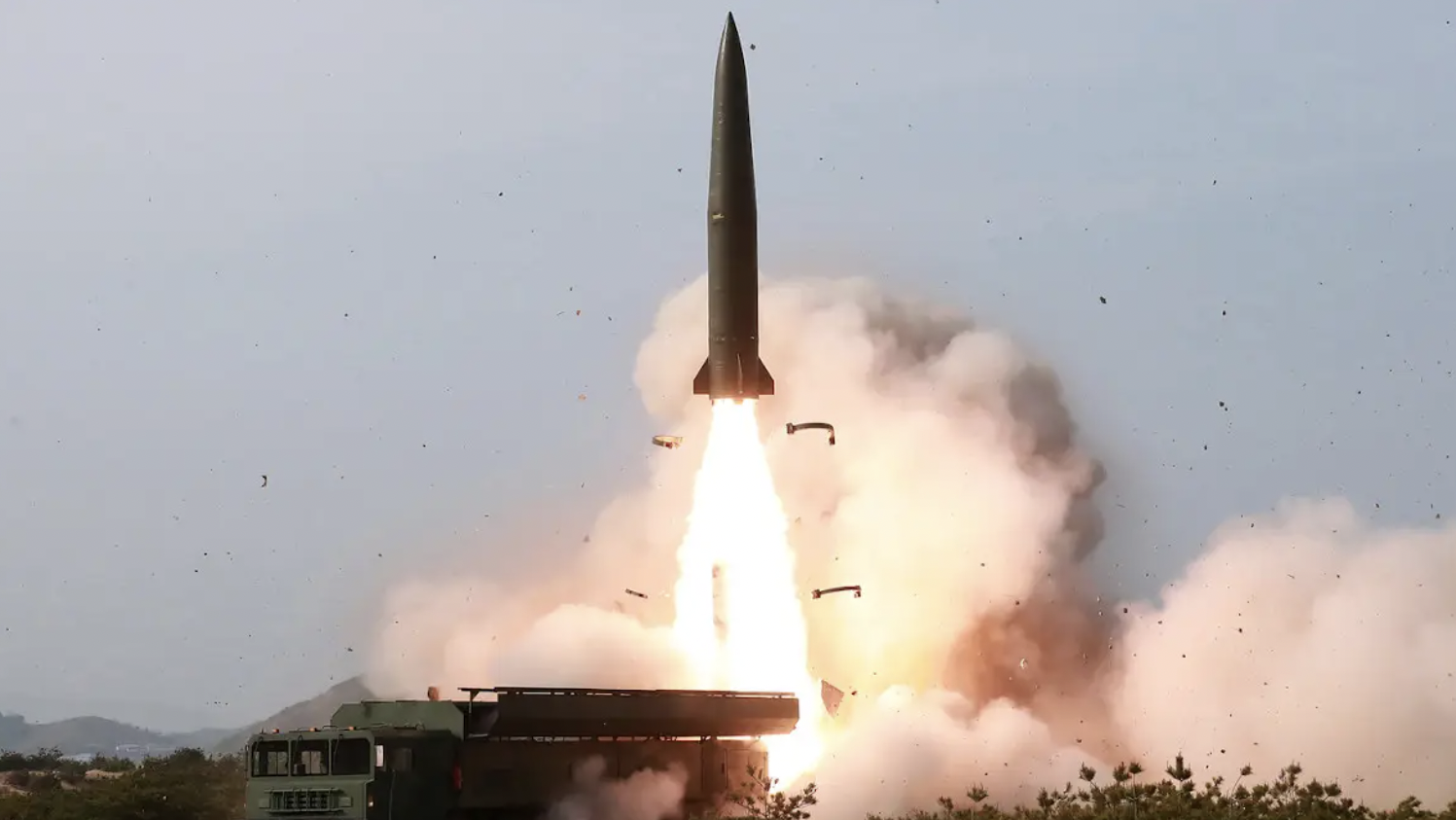
Today’s North Korean missile tests and subsequent air force exercises appear to have been, at least in part, a signal to the United States, after CSG-5 and the USS Ronald Reagan arrived in the area, a move that was slammed by North Korea’s foreign ministry. Pyongyang also expressed its displeasure at the United States for having raised the issue of missile tests with the United Nations Security Council. North Korea described its tests as “just counteraction measures” in the wake of the joint South Korean and U.S. maneuvers.
North Korea as well as the United States and its allies in the region have increased the intensity and scope of their displays of military force around the peninsula. With a war of words between leaders ongoing, the potential for further escalation, whether by design or misunderstanding, remains significant. Above all else, North Korea is back in the attention-demanding game and that means more tests and provocations are likely on the horizon.
Contact the author: thomas@thedrive.com
